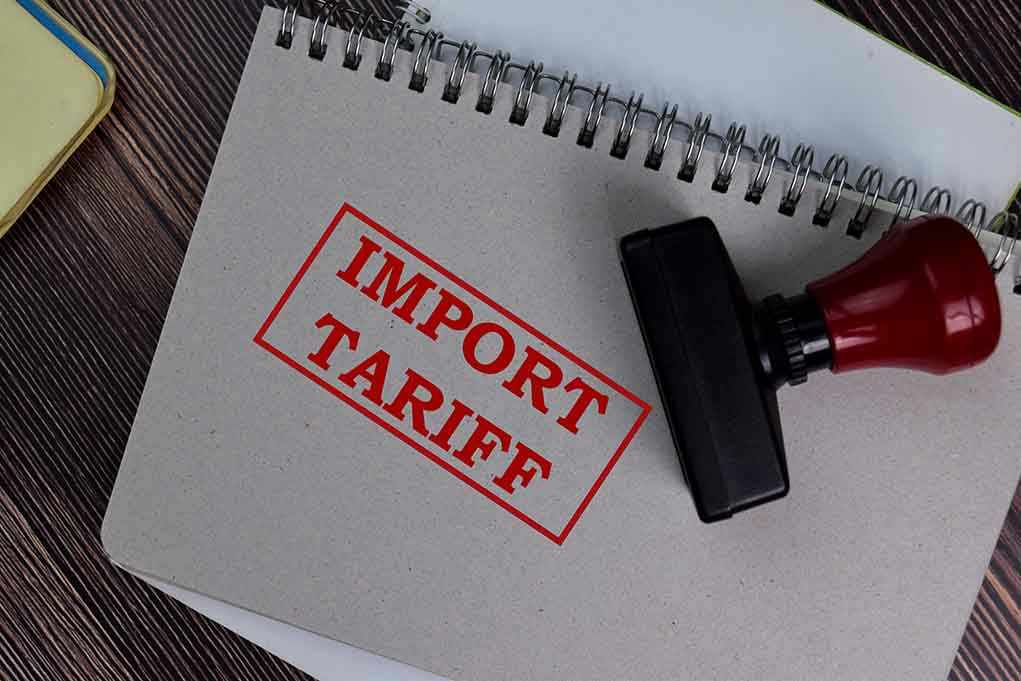
President Trump’s tariff policies are sparking debate as Peter Navarro claims they foster growth, not inflation, challenging economic norms.
Story Highlights
- Peter Navarro argues tariffs boost growth, not inflation.
- Trump administration’s tariffs reach historic highs in 2025.
- Independent analyses suggest tariffs increase household costs.
- Ongoing debate over the distribution of tariff costs.
Navarro’s Bold Claims on Tariffs
Peter Navarro, senior counselor to President Trump, recently stated that the administration’s tariffs have proven to stimulate economic growth rather than cause inflation. This assertion, made during an interview with Breitbart News, directly contradicts mainstream economic theories that view tariffs as inflationary. Despite the prevailing economic consensus, Navarro maintains that foreign producers are absorbing most of the tariff costs, sparing U.S. consumers from price hikes.
The Trump administration’s tariff strategy, expanded significantly in 2024-2025, targets major trading partners like China, Canada, and Mexico. Tariffs now include a 25% rate on Mexican and Canadian goods and a 10% global baseline tariff, among others. The administration views these tariffs as tools to protect American industries and leverage geopolitical power, despite critiques from economic experts who warn of increased consumer costs and inflationary pressures.
Independent Analyses and Economic Impacts
Independent research, such as reports from the Yale Budget Lab, estimates that tariffs could cost U.S. households between $2,400 and $5,200 annually. These analyses suggest that tariffs contribute to higher consumer prices, which contradicts the administration’s claims. Economic research groups continue to publish findings that indicate tariffs are a tax on imports, impacting U.S. consumers and businesses more than foreign producers.
Despite the administration’s stance, many economists argue that tariffs impose net costs on the economy. They highlight the short-term implications of increased costs for importers and supply chain disruptions, and long-term risks of reduced global competitiveness and potential retaliatory tariffs. This debate remains a major point of contention, with political polarization intensifying as parties and businesses remain divided on tariff policy.
Political and Social Ramifications
The tariff debate is not only an economic issue but a political one, with social implications as well. Tariffs are affecting lower-income households disproportionately due to the regressive nature of price increases. The political landscape is polarized, with differing views on the benefits and drawbacks of tariff policies. This division underscores the complexity of using tariffs as a tool for both economic growth and geopolitical leverage, as the administration claims.
As the debate continues, it remains critical to monitor how these tariff policies affect American consumers and businesses. While the administration touts them as a pathway to economic growth, the tangible effects on household budgets and the broader economy cannot be overlooked. The final assessment of these policies will depend on their long-term impacts on the U.S. economy and global trade relations.
Sources:
Baird Wealth/Market Insights (tariff policy details)
Seven Telling Statistics on US Tariffs in 2025
Project 2025 Contributor Pushing Tariff Policies Would Reignite Inflation Press
What Will Trump’s Tariffs Do for U.S. Consumers, Workers, and Businesses?












